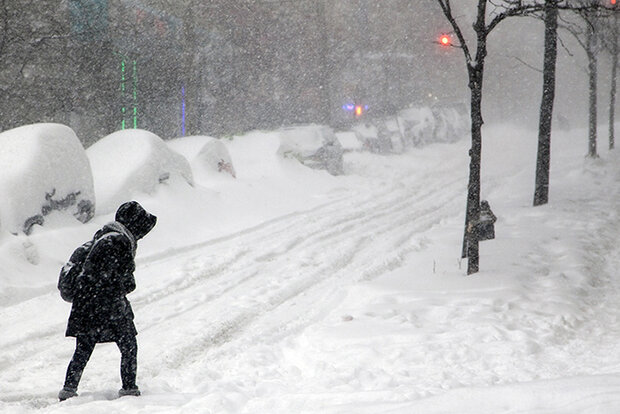Improving prediction of Arctic outbreaks across the Northern Hemisphere

Even in a worming world, Arctic outbreaks continue to bring frigid weather. Credit: iStock

Even in a worming world, Arctic outbreaks continue to bring frigid weather. Credit: iStock
New research on the Arctic confirms that even as the Arctic is warming faster than the rest of the world, cold-air outbreaks from the polar region will continue across the Northern Hemisphere in the coming decades.
The big challenge now is to better understand what triggers these cold-air outbreak events and how to improve their predictability.
Much of the previous research has shown how a weakening of the stratospheric polar vortex can allow pockets of frigid air to plunge much farther south than normal. The new study, conducted by an international team including Arctic researchers from NOAA, provides additional insights as to how other influences – stalled weather systems, stretching of the stratospheric polar vortex and even events in the distant midlatitudes can influence these polar patterns.
“A better understanding of these Arctic-midlatitude linkages would improve forecasts covering periods of weeks to months, which would give communities more time to plan for adverse winter weather conditions,” said co-author Muyin Wang, a scientist from the Cooperative Institute for Climate, Ocean, and Ecosystem Studies who works at NOAA’s Pacific Marine Environmental Laboratory (PMEL). “The impacts can be more significant as societies conditioned to global warming become increasingly less used to them.”